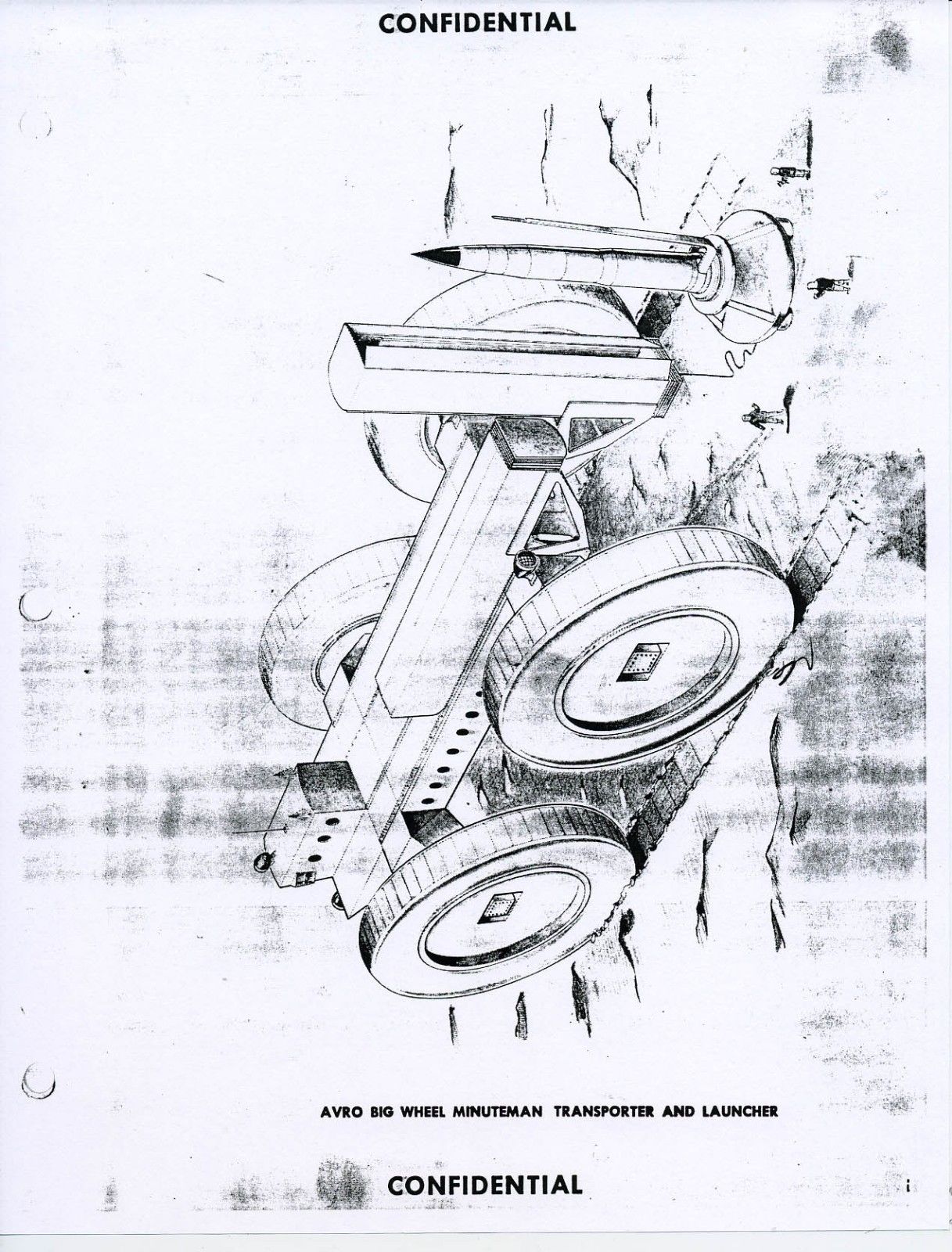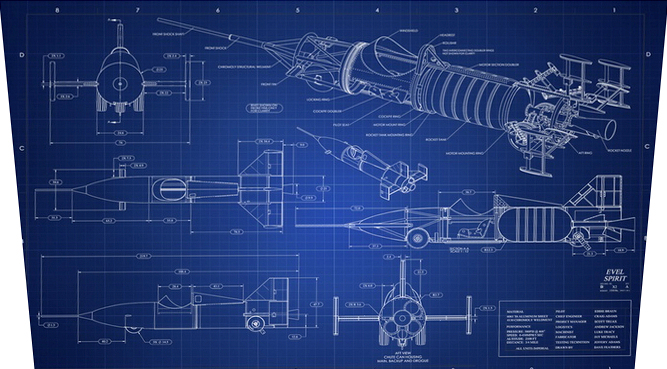Interesting:
The Aolong-1, or Roaming Dragon, is equipped with a robotic arm to remove large debris such as old satellites.
Any system capable of cleaning up “space junk” is capable of being an anti-satellite system. Since this one has an arm it uses to grab its target, it is clearly designed to rendezvous with the target, putting into very close proximity and very low relative velocities. A dandy satellite inspector.
Using a satellite like this to deorbit junk is going about it the kinda hard way. A perhaps easier approach might be to put the ASAT into a polar or even retrograde orbit, and give it a great big water tank and a substantial maneuvering system. It would maneuver so that it would pass close in front of a target, then spray out a short jet of water vapor behind it. The cloud of vapor would be directly in the path of the target, which would be slowed via drag. This might also rip solar panels and antenna off the target if the cloud is dense enough. Afterwards, the clod will simply disperse; the meager atmosphere will cause the vapor itself to quickly deorbit, leaving nothing to menace other satellites.
Do it right and the ASAT would be really quite interesting. Instead of just dumping water overboard, pass the water through a heat exchanger and then a nozzle. The analogy would be a nuclear rocket, though that’s of course unrealistic for this application, but a solar-heated chunk of, say, iridium or tungsten might work just fine. In this case the ASAT might best be put into a conventional orbit to more easily rendezvous with targets; it would get in “front” of the target and blast the target with its steam rocket. This would slow the target while boosting the ASAT. The steam itself would be substantially slowed from circular orbit velocity and should quickly deorbit.
Being solar powered, it would only need to be occasionally refueled and refilled with water. Designed *really* well, it would be designed to use high pressure, high temperature steam jets for maneuvering , so that water was the *only* consumable. It could therefore presumably rendezvous with a tanker satellite or an orbiting water deport for refilling. Here’d be a market for space ice-mining. A fleet of perhaps a dozen of these steam-based ASATs wandering through the spacelanes blasting bits of junk from orbit and meeting up with a captured iceberg from time to time to get topped off. And one the opposite side of the ASAT from the steam rocket, a few basic arms to grab satellites and give them a little shove. The ASAT could thus also serve as tugs to provide boosts for paying customers whose satellites are in decaying orbits.





